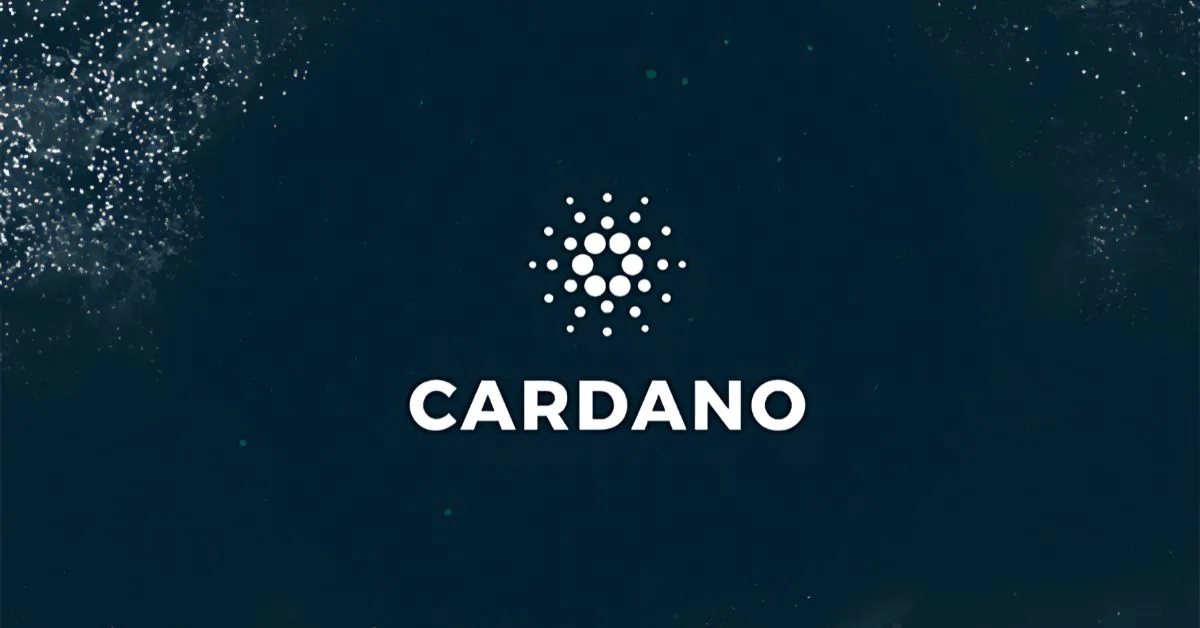
Cardano Aims for Bitcoin DeFi Amid Leadership and Governance Gaps
June 30, 2025 – Cardano Blockchain is at a critical juncture as it attempts to redefine its market position through Bitcoin-focused decentralized finance (DeFi) initiatives while grappling with fundamental governance questions that have impacted public perception and the network's strategic direction.
1. Lack of a Solid Foundation Hampers Market Position
Charles Hoskinson, the visionary behind Cardano's development, has openly acknowledged that the network is struggling to establish a compelling market narrative despite significant technological achievements. The blockchain has seen substantial innovation through developments such as Leios, Hydra, and the notable Midnight Glacier Drop, but these advancements have not translated into sustainable market enthusiasm or widespread adoption.
Hoskinson shared in a recent post: "We are trying to build a strong market story, but we still lack a solid leadership structure to effectively carry this vision forward."
2. Strategic Shift: Bitcoin-Based DeFi
In this context, Cardano is shifting its strategy towards DeFi with a focus on Bitcoin. This is the path Hoskinson believes holds the greatest potential for the network's long-term development. Bitcoin-based DeFi not only opens the door to tapping into the largest liquidity pools in the industry, estimated at around $2 trillion.
"I believe Bitcoin DeFi is truly the biggest opportunity, but the biggest issue is that we lack a fund and an executive body capable of embedding these stories into the mindset of the blockchain space," Hoskinson stated.
3. Ecosystem Momentum Despite Governance Gaps
Despite governance shortcomings, several key participants in the Cardano ecosystem are positioning themselves to capitalize on the Bitcoin strategy. Minswap, the network's leading decentralized exchange, has already begun preparing for Bitcoin functionality, recognizing a significant opportunity to access Bitcoin's massive liquidity reserves.
Meanwhile, both Lace Wallet and USDM are seeing growing momentum as expectations rise around improving Bitcoin compatibility. This convergence between Cardano and Bitcoin presents an opportunity to convert Cardano's smart contract capabilities into Bitcoin-based financial products.
4. Governance Issues and Personal Challenges
Hoskinson's role as the public face of the Cardano ecosystem has subjected him to criticism and personal attacks. His efforts to shape the public discourse around the network's capabilities have faced harsh opposition from industry commentators, including podcast hosts and analysts, who have described Cardano as a "declining platform" with cult-like characteristics.
Hoskinson shared on social media that: "This is truly inhumane. We are blamed for everything wrong, and we are not allowed to feel any victories." He further acknowledged the mental burden of being responsible for the public perception of the network, saying, "It's also inhumane because we are blamed for everything, and we aren’t allowed to feel any wins."
The founder has previously identified basic liquidity challenges as a significant barrier to Cardano's growth, particularly the availability of stablecoins. His proposal to address these issues through a $100 million ADA conversion initiative met with fierce opposition from community members, prompting Hoskinson to challenge critics: "Grow up or get left behind."
5. Constitutional Reform and Governance Development
To address these persistent challenges, Hoskinson has placed significant emphasis on governance reform as a crucial element. At the upcoming Rare Evo conference, Hoskinson expects to see organizational changes that will address leadership gaps and facilitate the network's development.
Reports indicate that plans are underway to launch a national investment fund at the conference, specifically designed to support the development of Bitcoin DeFi within the Cardano ecosystem. This initiative serves both as a practical mechanism for funding growth and as a symbolic commitment to the network's Bitcoin integration strategy.
Proposed governance reforms have the potential to resolve the leadership vacuum Hoskinson has identified as a key obstacle to effectively communicating the network’s technological achievements and strategic vision.